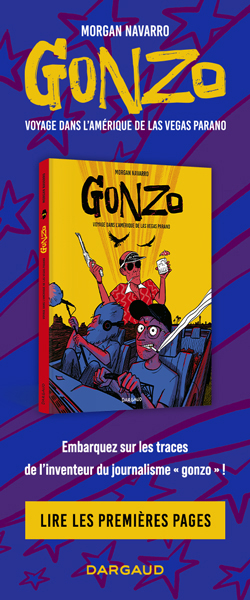The Fall of Arthur
Extraits

Décoration
Idées pratiques pour petits espaces
03/2010
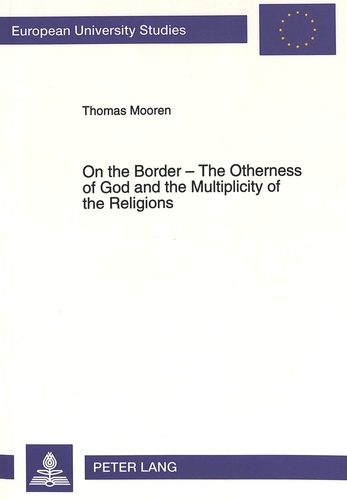
Histoire internationale
On the Border - The Otherness of God and the Multiplicity of the Religions
01/1994
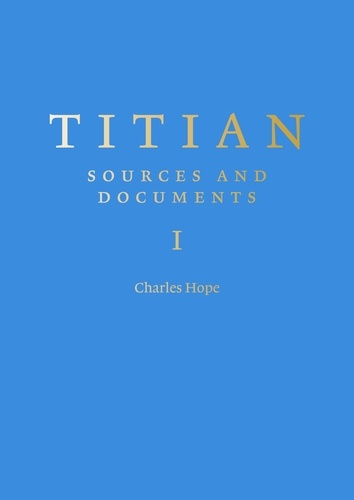
Monographies
Titian : Sources and Documents
04/2023
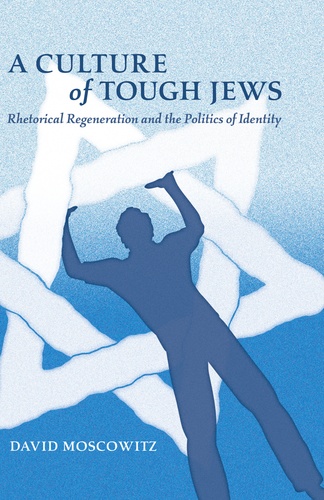
Non classé
A Culture of Tough Jews
10/2014
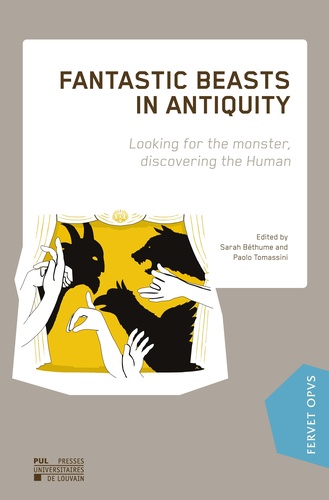
Archéologie
Fantastic Beasts in Antiquity. Looking for the monster, discovering the Human, Textes en français et anglais
02/2021
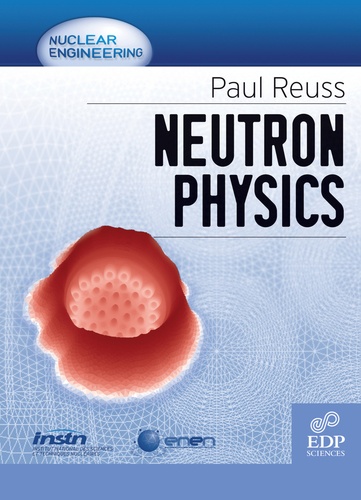
Physique, chimie
Neutron Physics
09/2008
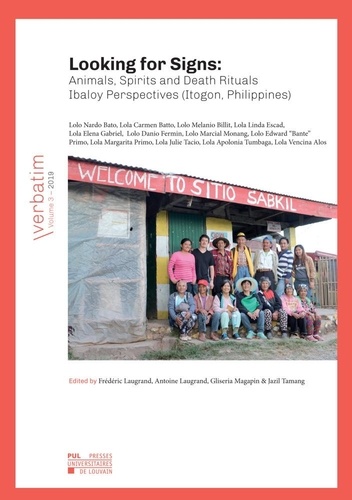
Ethnologie
Looking for Signs: Animals, Spirits and Death Rituals Ibaloy Perspectives (Itogon, Philippines)
06/2020
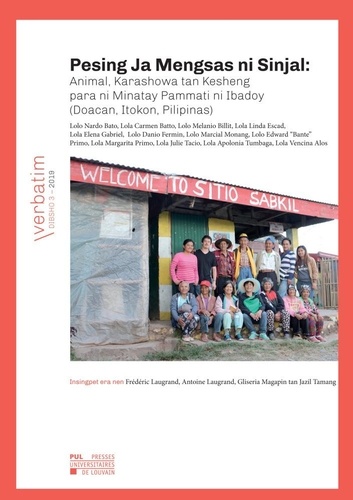
Ethnologie
Pesing Ja Mengsas ni Sinjal: Animal, Karashowa tan Kesheng para ni Minatay Pammati ni Ibadoy (Doacan, Itokon, Pilipinas)
06/2020
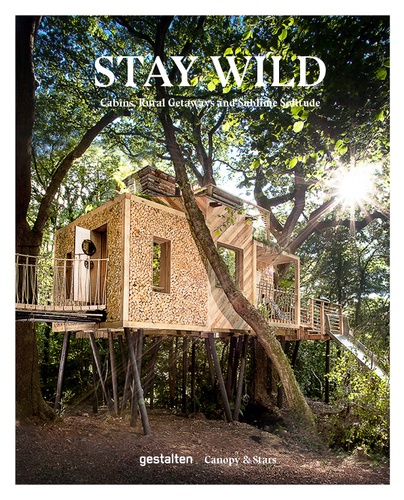
Récits de voyage
Stay wild. Cabins, rural getaways and sublime solitude
05/2021
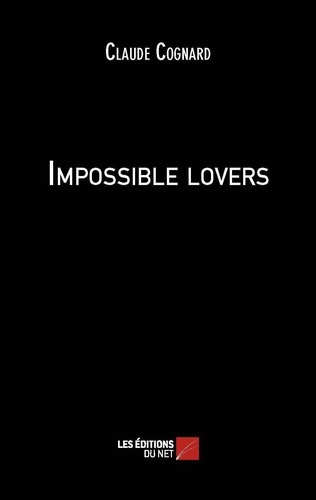
Théâtre
Impossible lovers
02/2013
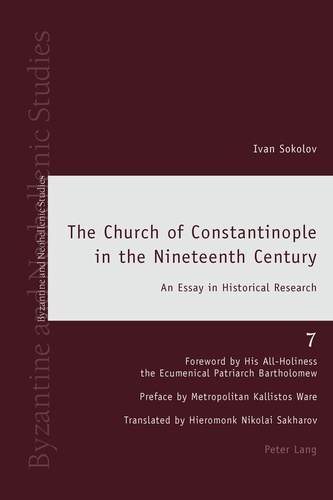
Non classé
The Church of Constantinople in the Nineteenth Century
02/2013
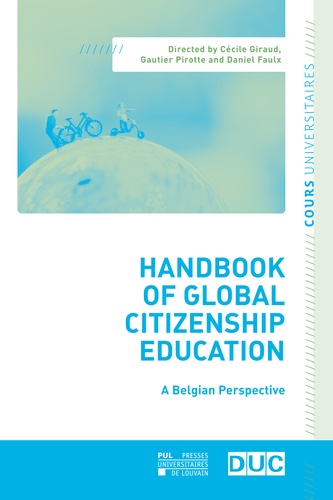
Sociologie
A Handbook of Global Citizenship Education. The Belgian perspective
01/2023

Histoire et Philosophiesophie
The Undergrowth of Science. Delusion, self-deception and human frailty
01/2000
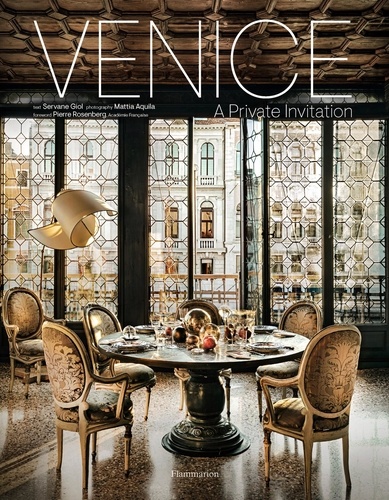
Monographies
Venice. A Private Invitation
09/2022
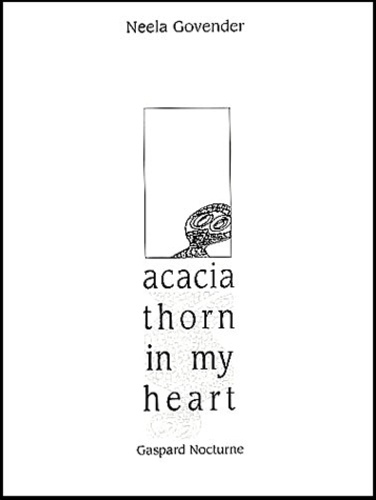
Anglais apprentissage
Acacia thorn in my heart
09/2001
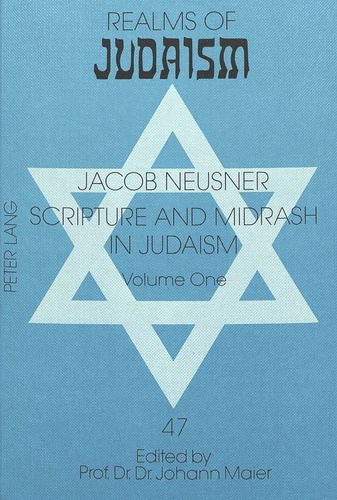
Sciences politiques
Scripture and Midrash in Judaism
03/1994

Histoire et Philosophiesophie
Thinking about Physics
01/2000
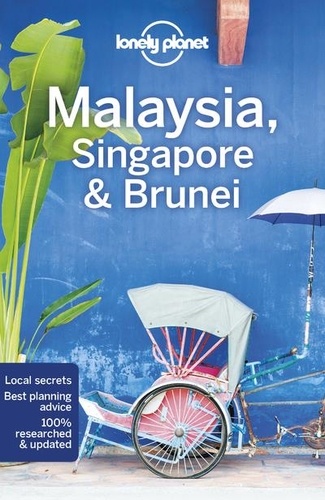
Guides étrangers
Malaysia, Singapore & Brunei 15ed -Anglais-
02/2022
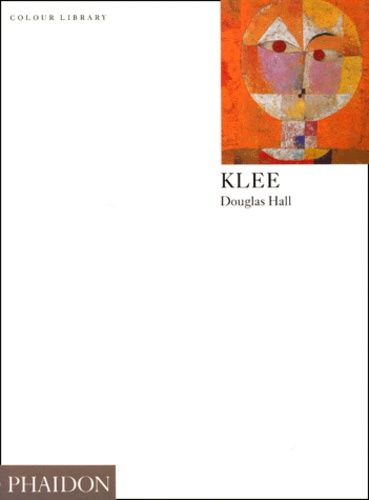
Beaux arts
Klee. Edition en langue anglaise
01/1992
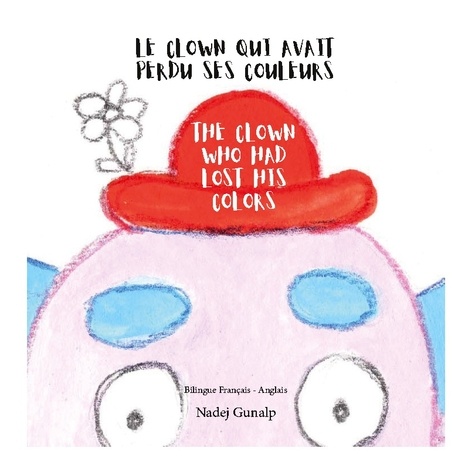
Autres éditeurs (A à E)
Le clown qui avait perdu ses couleurs. Edition bilingue français-anglais
07/2022

Sciences de la terre et de la
A thin cosmic rain : particles from outer space
01/2000
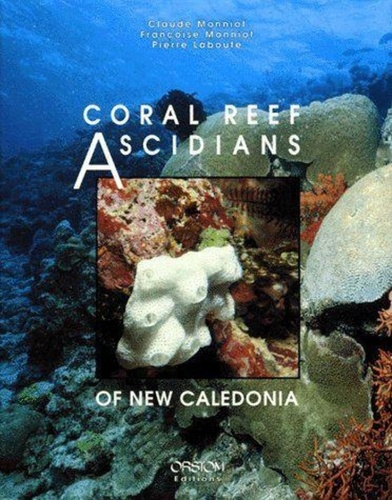
Sciences de la terre et de la
Coral reef ascidians of New Caledonia
08/1991
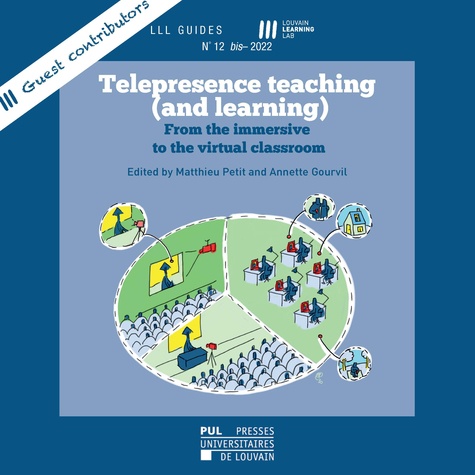
Sociologie
Cahiers du LLL n° 12 bis – Telepresence teaching (and learning). From the immersive to the virtual classroom
06/2022
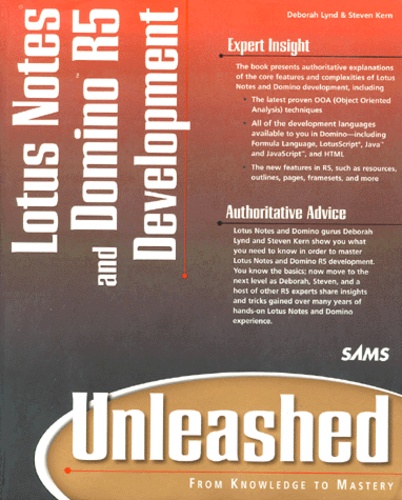
Informatique
LOTUS NOTES AND DOMINO R5 DEVELOPMENT. CD-ROM included
12/1999
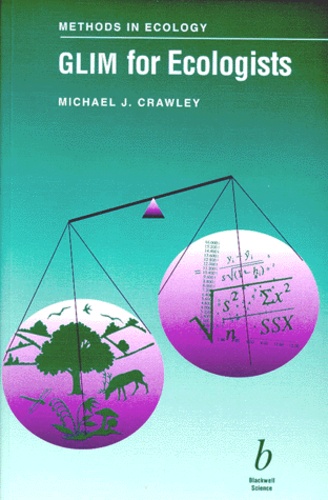
Développement durable-Ecologie
GLIM FOR ECOLOGISTS. Disk included
01/1993
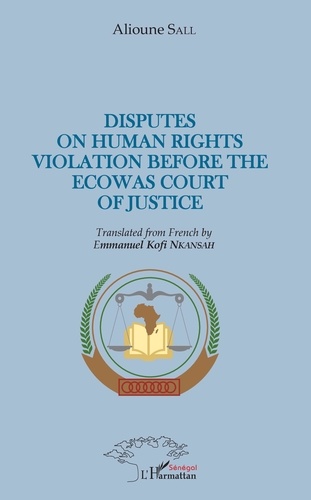
Droit
Disputes on human rights violation before the ecowas court of justice
07/2019
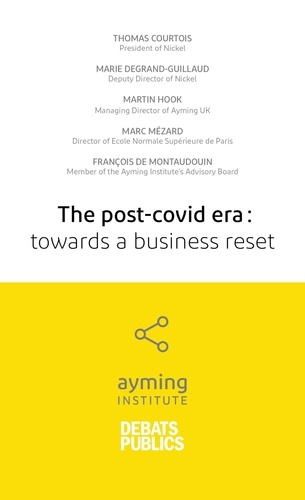
Actualité et médias
Performance post-crise
01/2021
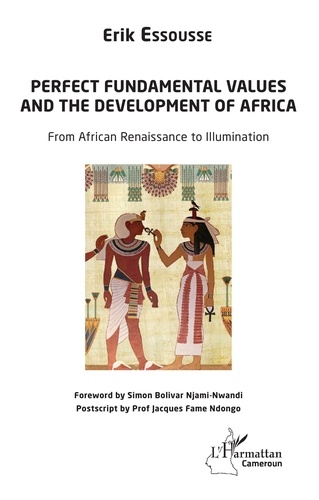
Histoire internationale
Perfect fundamental values and the development of Africa. From African Renaissance to Illumination
02/2020
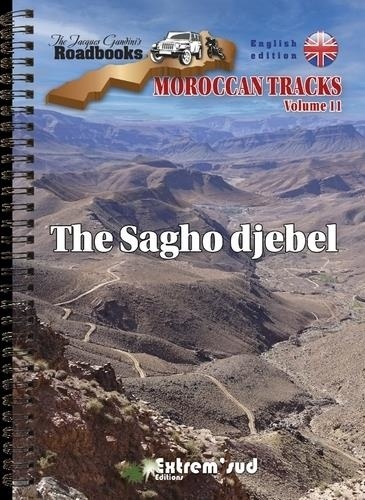
Tourisme étranger
Moroccan tracks Volume 11. The sagho djebel
08/2022

Non classé
She’s Leaving Home
06/2011


